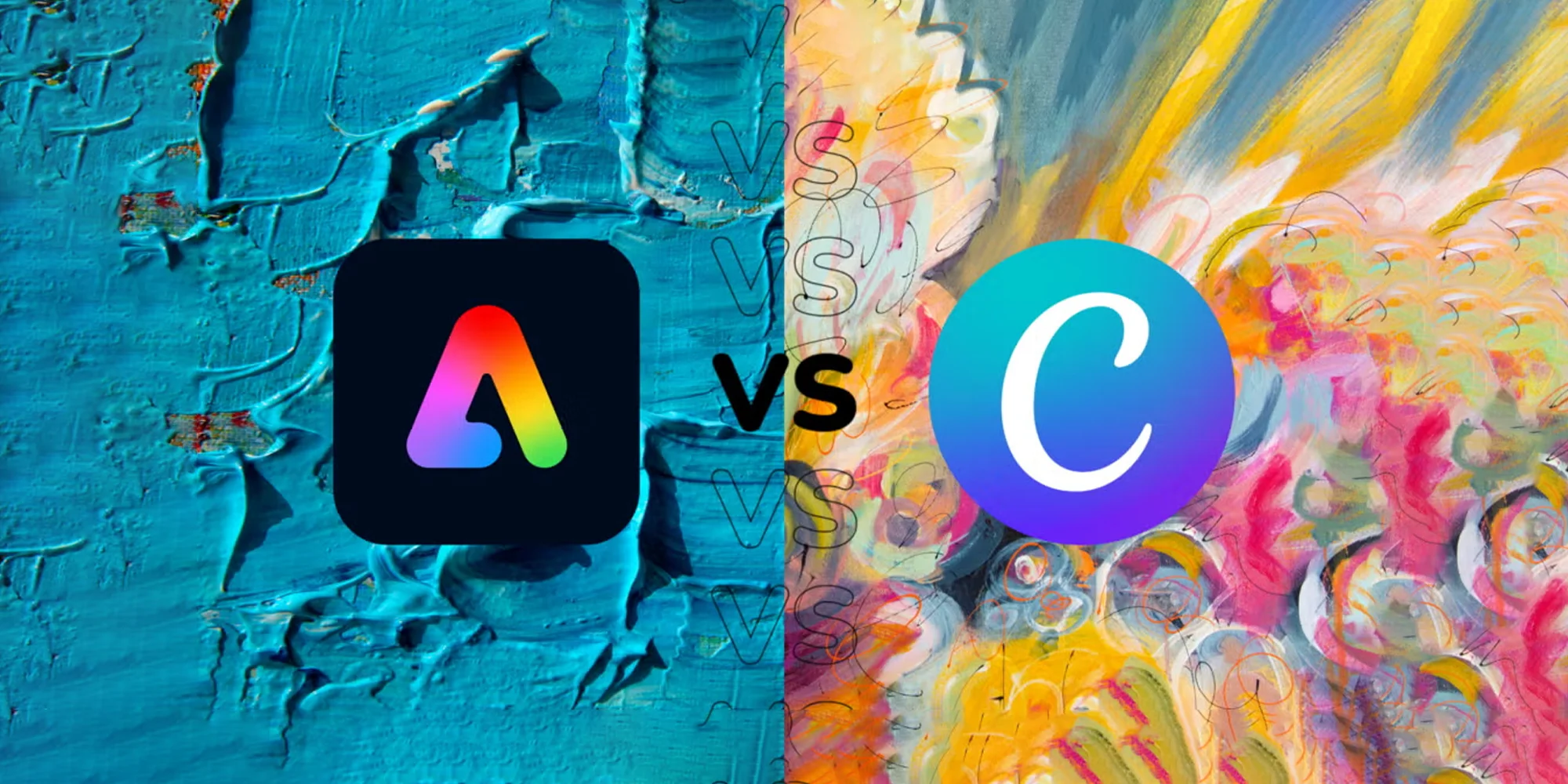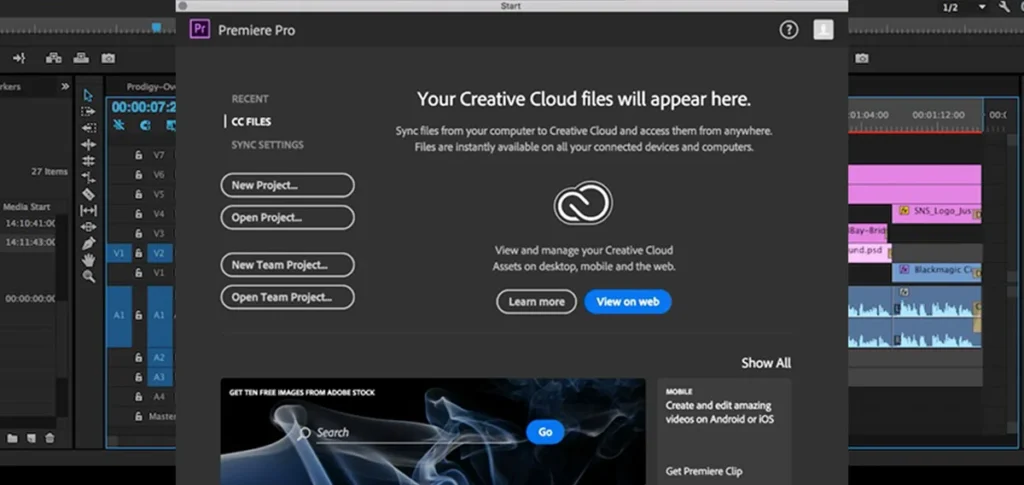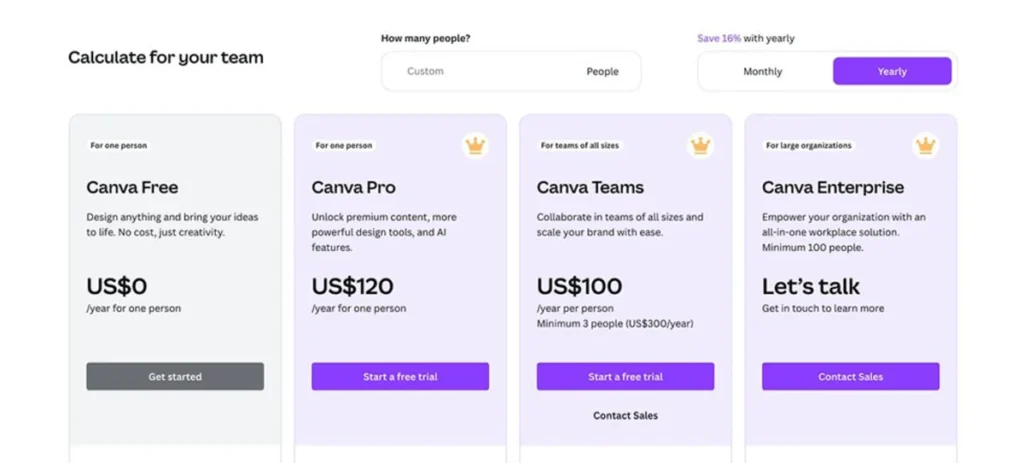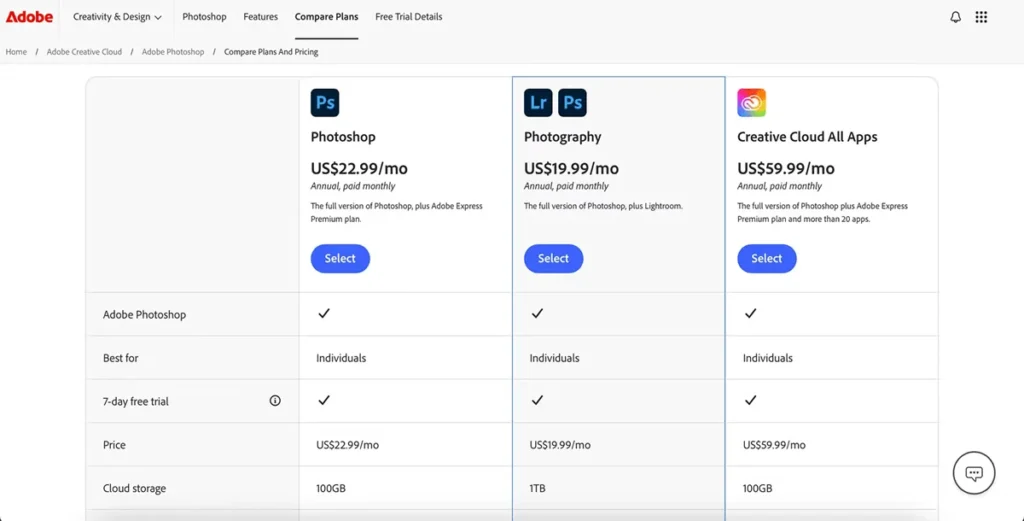Necessary Always Active
Necessary cookies are required to enable the basic features of this site, such as providing secure log-in or adjusting your consent preferences. These cookies do not store any personally identifiable data.
|
||||||
|
||||||
|
||||||
|

Choosing between Canva and Adobe in 2025 is not as straightforward as it seems. Both graphics and editing platforms offer powerful features, but the best design tool for startups, creators, and marketers depends on your needs. For example, some people may praise Canva for its ease of use, while Adobe tools like Photoshop and Illustrator seem to have more advanced features.
This article breaks down the strengths and differences in the Canva vs Adobe 2025 debate. Let’s see how they work as social media design software for your posts, flyers, brochures, or digital marketing content and how they stack up among the best design tools for creators today.
Canva is easier to use than Adobe for most people. It has a simple drag-and-drop interface with many pre-built templates and brand kits. Anyone with basic computer skills can create designs quickly on Canva. You do not need any design experience to get started, which is one of the key Canva features 2025 users appreciate.
On the other hand, Adobe tools like Photoshop, Lightroom, and Adobe Express can be harder to learn. They are more suitable for those with design experience who need more advanced editing features. While Adobe offers some easy-to-use features, it is mainly used by professionals who want more control over their designs. This is why some people still ask, is Adobe better than Canva for professional work?
Canva offers more pre-built template designs than Adobe. It has over 250,000 free customizable templates and 400,000+ available with a paid plan, so it tops the Adobe Creative Cloud alternatives for users seeking quick designs.
If you need stock photos or videos for Instagram stories, flyers, or other content, Canva’s large library gives you more options than Adobe’s 100,000 free templates. However, Adobe makes up for this gap with the Adobe Firefly, its generative AI engine that lets you create images and effects using just text.
While Adobe is better than Canva for advanced features such as layered masking, you can still use the Canva app for general photo and video editing. This includes simple animations, background removal, and image editing such as crip, filter, trim and add text. It is the best design tool for creators, startups, and marketers who need quick content without difficult training.
Adobe, as a photo or video editing software, offers higher precision. Want to design a social media flyer that looks like real life, magically inscribed on the screen? Adobe is what you need. Some other advantages of Adobe over Canva are:
Canva vs Adobe for content creation offers smooth team branding and collaboration features. However, Adobe is the better collaboration tool for design teams working within the Creative Cloud environment to sync assets between applications such as Photoshop, Illustrator, and After Effects. This allows seamless onboarding and project handoff between designers, editors, and developers.

On the other hand, Canva Pro has the Brand Hub feature that centralizes logos, fonts, and color palettes across all content for branding. It also offers shared workspaces and real-time editing with comment features for team members to create and approve social posts and designs directly within the platform.
For content creators, Canva remains one of the best free graphic design tools in 2025 with affordable upgrade options. While Adobe also has a free plan, Canva’s paid plans are cheaper.


If the Adobe vs Canva pricing is not a concern for you, the Adobe Creative Cloud All Apps plan at $59.99/month offers more advanced features. It includes access to professional tools like Photoshop, Illustrator, Lightroom, and Premiere Pro. The Adobe Express premium plan is more affordable at $9.99/month. Larger teams of design professionals may choose Adobe over Canva for collaborations within the Creative Cloud.
The Canva vs Adobe competition has increased with both platforms advancing their generative AI-powered design tools. After the failed $US 20 billion move by Adobe to acquire Figma, some people thought Adobe could try to buy Canva next. Canva responded brilliantly with its expansion after its biggest acquisition of Leonardo.Ai, an Australian company, to challenge Adobe Firefly AI. It also signed a partnership deal with Getty Images, giving Canva users access to over 350 million stock photos, vectors, and illustrations, which exceeds the 250 million capacity of the Adobe Stock library.
There is no clear winner in the Canva vs Adobe debate. Choosing the best free graphic design tools depends on your needs as a creator, a startup, or a marketer. We recommend Canva when speed, simplicity of design, and team collaboration are your priorities. Its ease of use makes it the best photo editing tool for non-designers. Conversely, Adobe is our top pick if you need greater creative control and precision with tools like Photoshop, Lightroom, and Illustrator.
However, factors like your skill level, team size, and budget will affect your choice of the better design platform between Adobe and Canva. When comparing Canva vs Adobe Express in America, you’ll find that both platforms serve creators differently, Canva for quick, collaborative projects and Adobe for high-end creative control.
Sign up to receive our newsletter featuring the latest tech trends, in-depth articles, and exclusive insights. Stay ahead of the curve!